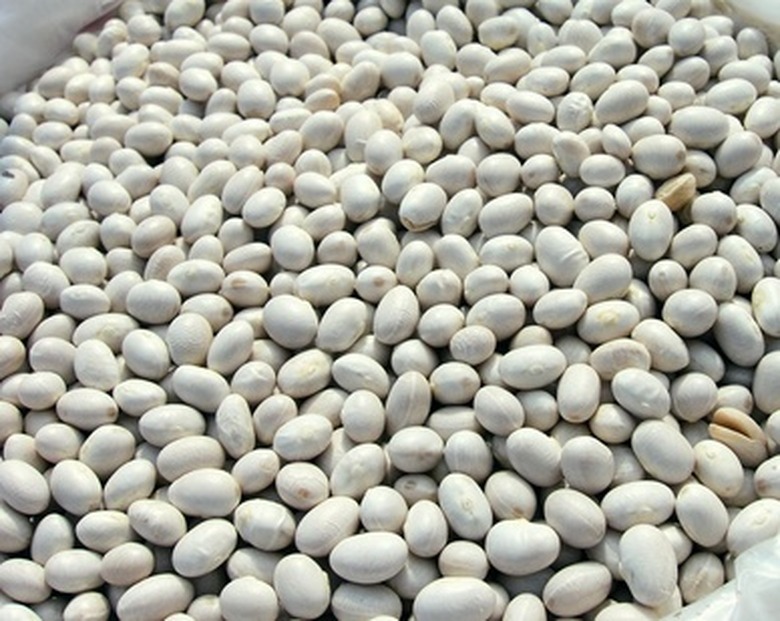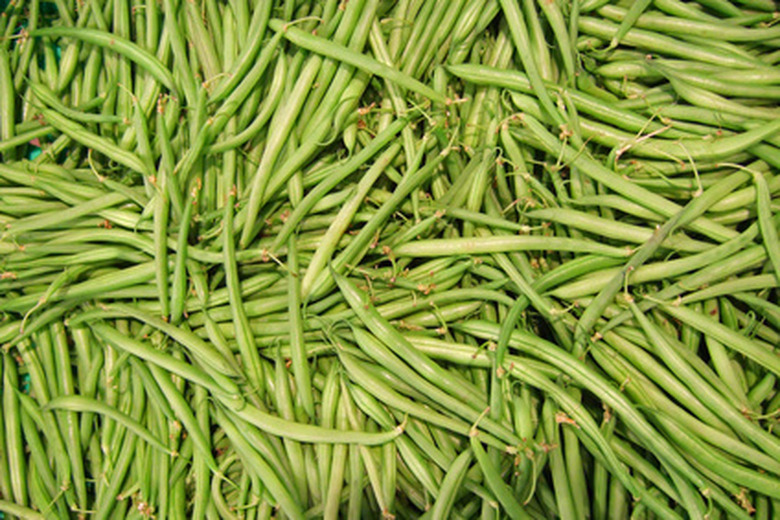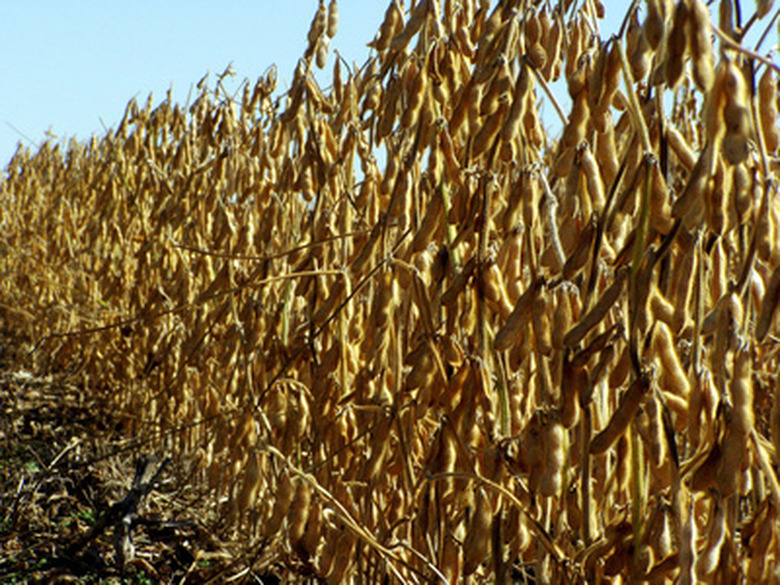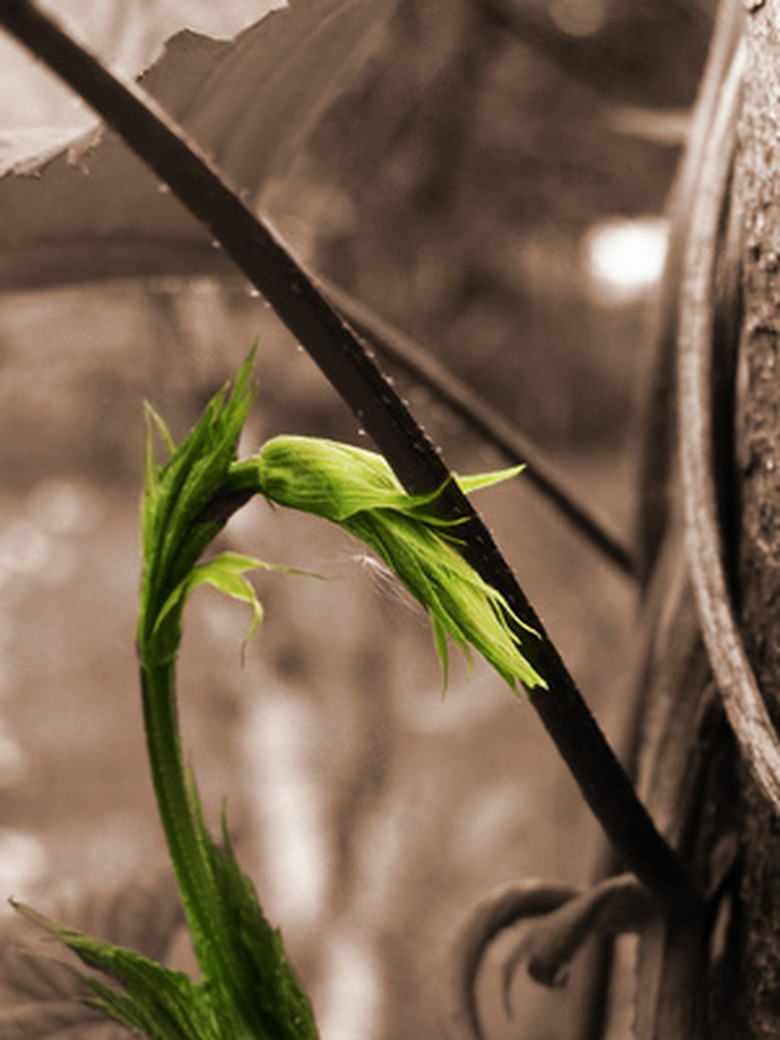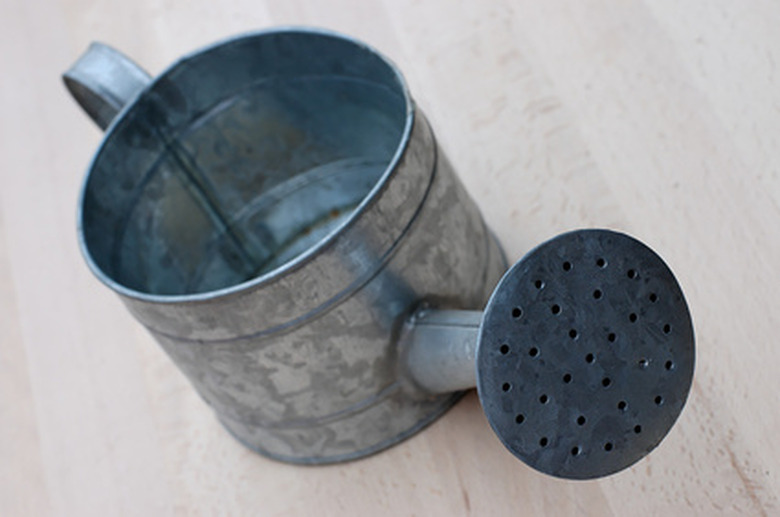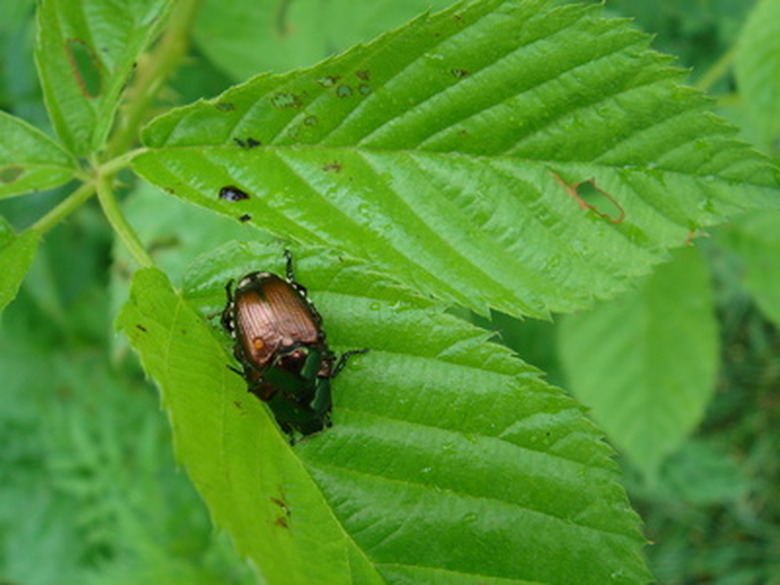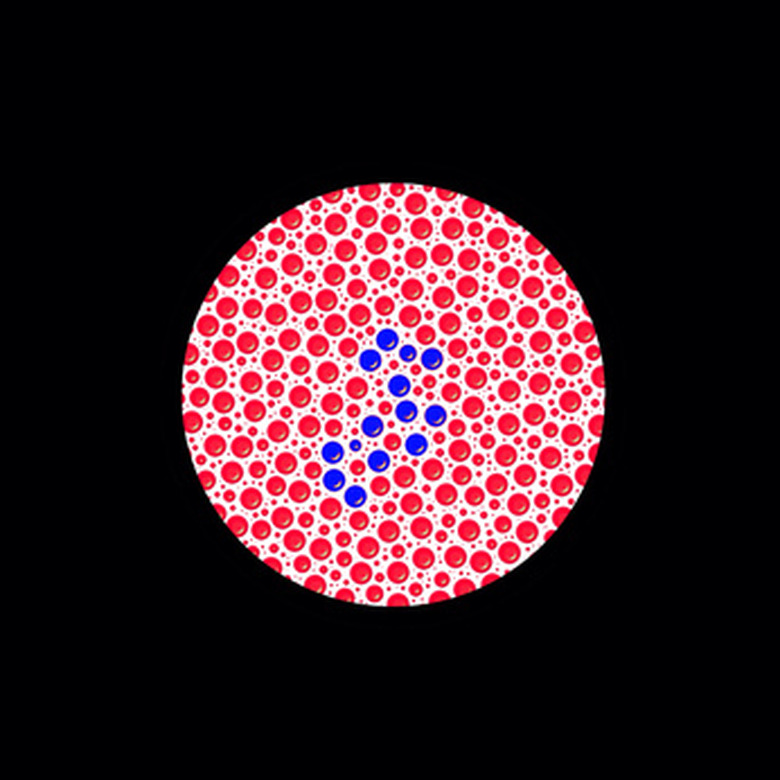Facts About Bean Plants
Beans of all shapes, sizes and colors are an excellent source of vitamins, minerals, protein and fiber. Since prehistoric times, beans have been a source of sustenance for humans and animals alike. Today, beans are grown and consumed in massive amounts all over the world. From mouth-watering southern-style baked beans to delicate steamed haricots verts served with lemon and butter, beans provide a wealth of flavor and health benefits.
Defining Beans
Beans are actually just the seeds that grow the bean plant. Some of the beans eaten as ripened seeds include adzuki, anasazi, black, cranberry, garbanzo, kidney and pinto. Green, or snap, beans are unripened seeds of any bean plant. There are over 130 varieties of snap beans, which can be green, red, yellow or purple in color and a variety of widths and lengths.
- Beans of all shapes, sizes and colors are an excellent source of vitamins, minerals, protein and fiber.
- There are over 130 varieties of snap beans, which can be green, red, yellow or purple in color and a variety of widths and lengths.
Propagation of Beans
The most effective method of propagating beans is to collect the seeds after the plant has matured. To harvest seeds for snap, lima, fava or other beans that are eaten before the plant matures, some pods are left on the plant to dry. Usually six weeks after the last harvest of edible beans, the plants are pulled up whole and the bean seeds are removed from the pods by a process of threshing and cleaning.
Growth Cycle of Bean Plants
Germination (sprouting) of bean seeds takes five to seven days. It takes roughly six weeks from the time of planting until it reaches the flowering stage. The flowering stage is the time when the bean plants pollinate themselves in order to produce the bean pods. Once the blooms wither, bean pods begin to form and are typically ready for edible harvest within two weeks. Determinate (bush variety) bean plants will produce one or two rounds of edible harvest while indeterminate (pole variety) bean plants will continue to produce bean pods throughout the growing cycle.
- The most effective method of propagating beans is to collect the seeds after the plant has matured.
- The flowering stage is the time when the bean plants pollinate themselves in order to produce the bean pods.
Bean Plant Care
Water, sunlight, and the occasional dose of fertilizer are essential to healthy, productive bean plants. Before planting, an application of a 5-10-10 fertilizer at a rate of one cup every 50 feet should be worked into the soil. After plants are established and blooming has ensued, another application may be applied along the rows and worked into the soil with water. Too much nitrogen, however, should be avoided as it will result in lots of leaves and very few beans. Beans need at least 1 inch of water per week, but excess moisture should be avoided because it can cause blossom drop and poorly formed beans. Mulching around the base of each plant is recommended to retain even moisture levels and prevent weeds.
Bugs in the Beans
While some insects may be beneficial to the plant world, there are a host of pests that can wreak havoc on bean plants. Aphids, bean beetles, leafminers, thrips, stink bugs, borers and spider mites can chew through the blossoms, leaves and stems of the bean plant. Some insects, such as aphids, can even transport diseases that will further injure the bean crop. Removal of dead plant debris and regular tilling can help to control the insect population in the garden setting. There are also a wide variety of insecticides that can be used to destroy and deter further infestations.
- Water, sunlight, and the occasional dose of fertilizer are essential to healthy, productive bean plants.
- Removal of dead plant debris and regular tilling can help to control the insect population in the garden setting.
Common Bean Plant Diseases
There are a host of bacterial and fungal diseases that can attack and decimate bean crops. Rust, bacterial blight, root rot, bean common mosaic virus and white mold can attack the leaves, beans and roots of the plant. Crop rotation, proper moisture levels and fungicides can help to prevent or alleviate these infestations.
